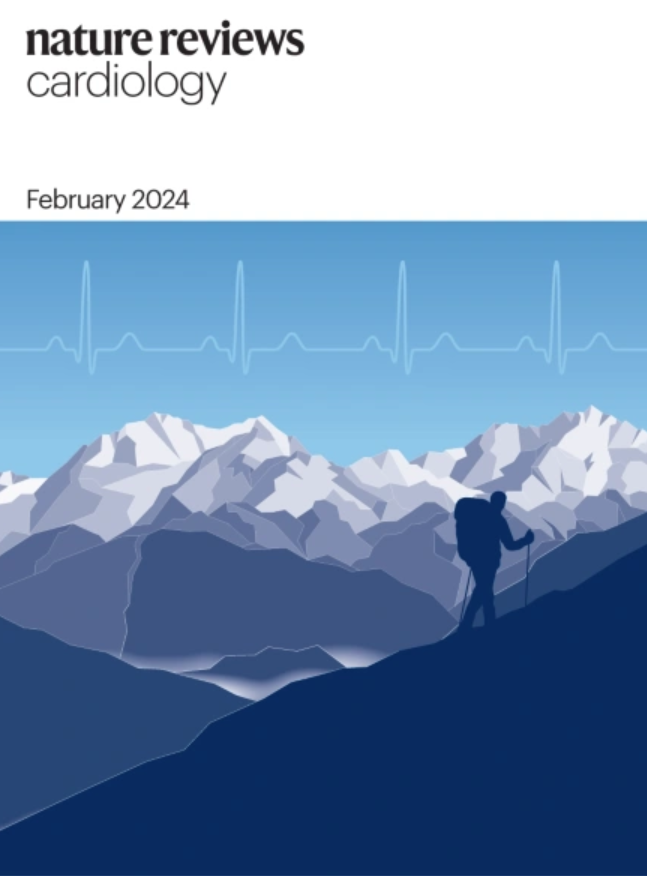Reply to ‘Neuroendocrine regulatory effects of sex hormones on salt sensitivity of blood pressure’
IF 44.2
1区 医学
Q1 CARDIAC & CARDIOVASCULAR SYSTEMS
引用次数: 0
回复“性激素对血压盐敏感性的神经内分泌调节作用”
我们很高兴有机会回答M. Zhou等人提出的观点(性激素对血压盐敏感性的神经内分泌调节作用)。纳特,卡迪奥牧师。https://doi.org/10.1338/10.1038/s41569-025-01175-6 2025)1关于我们的评论(Masenga, s.k.等。血压的盐敏感性:机制和性别特异性差异。纳特,卡迪奥牧师。https://doi.org/10.1038/s41569 - 025 - 01135 - 0 2025) 2。瞬时受体电位香草蛋白4 (TRPV4)是一种在内皮细胞和神经元中表达的Ca2+可渗透通道。有证据表明,内皮细胞TRPV4激活通过增加细胞内Ca2+浓度引起血管舒张,从而触发一氧化氮(NO)、前列环素和内皮源性超极化因子途径3。然而,在某些条件下(如强激动作用或在特定的血管床),TRPV4激活可能矛盾地引起血管收缩3。因此,关于TRPV4“双重”作用的报道依赖于环境:轻度的TRPV4激活会产生净血管扩张,而非常高的TRPV4活性或特定血管中的TRPV4激活会导致血管收缩。重要的是,TRPV4的激活(与4α-phorbol 12,13-didecanoate (4α-PDD)一起)已被证明可以急剧降低大鼠的血压,高盐饮食增强了这种降压作用4。在后一项研究中,接受高盐饮食的大鼠在TRPV4激动作用下表达了更多的TRPV4,血压下降幅度更大,这表明TRPV4对盐负荷提供了代偿性血管舒张反应4。
本文章由计算机程序翻译,如有差异,请以英文原文为准。
求助全文
约1分钟内获得全文
求助全文
来源期刊

Nature Reviews Cardiology
医学-心血管系统
CiteScore
53.10
自引率
0.60%
发文量
143
审稿时长
6-12 weeks
期刊介绍:
Nature Reviews Cardiology aims to be the go-to source for reviews and commentaries in the scientific and clinical communities it serves. Focused on providing authoritative and accessible articles enriched with clear figures and tables, the journal strives to offer unparalleled service to authors, referees, and readers, maximizing the usefulness and impact of each publication. It covers a broad range of content types, including Research Highlights, Comments, News & Views, Reviews, Consensus Statements, and Perspectives, catering to practising cardiologists and cardiovascular research scientists. Authored by renowned clinicians, academics, and researchers, the content targets readers in the biological and medical sciences, ensuring accessibility across various disciplines. In-depth Reviews offer up-to-date information, while Consensus Statements provide evidence-based recommendations. Perspectives and News & Views present topical discussions and opinions, and the Research Highlights section filters primary research from cardiovascular and general medical journals. As part of the Nature Reviews portfolio, Nature Reviews Cardiology maintains high standards and a wide reach.
 求助内容:
求助内容: 应助结果提醒方式:
应助结果提醒方式:


